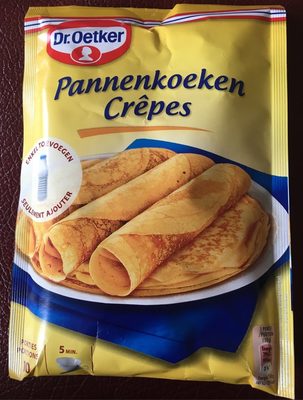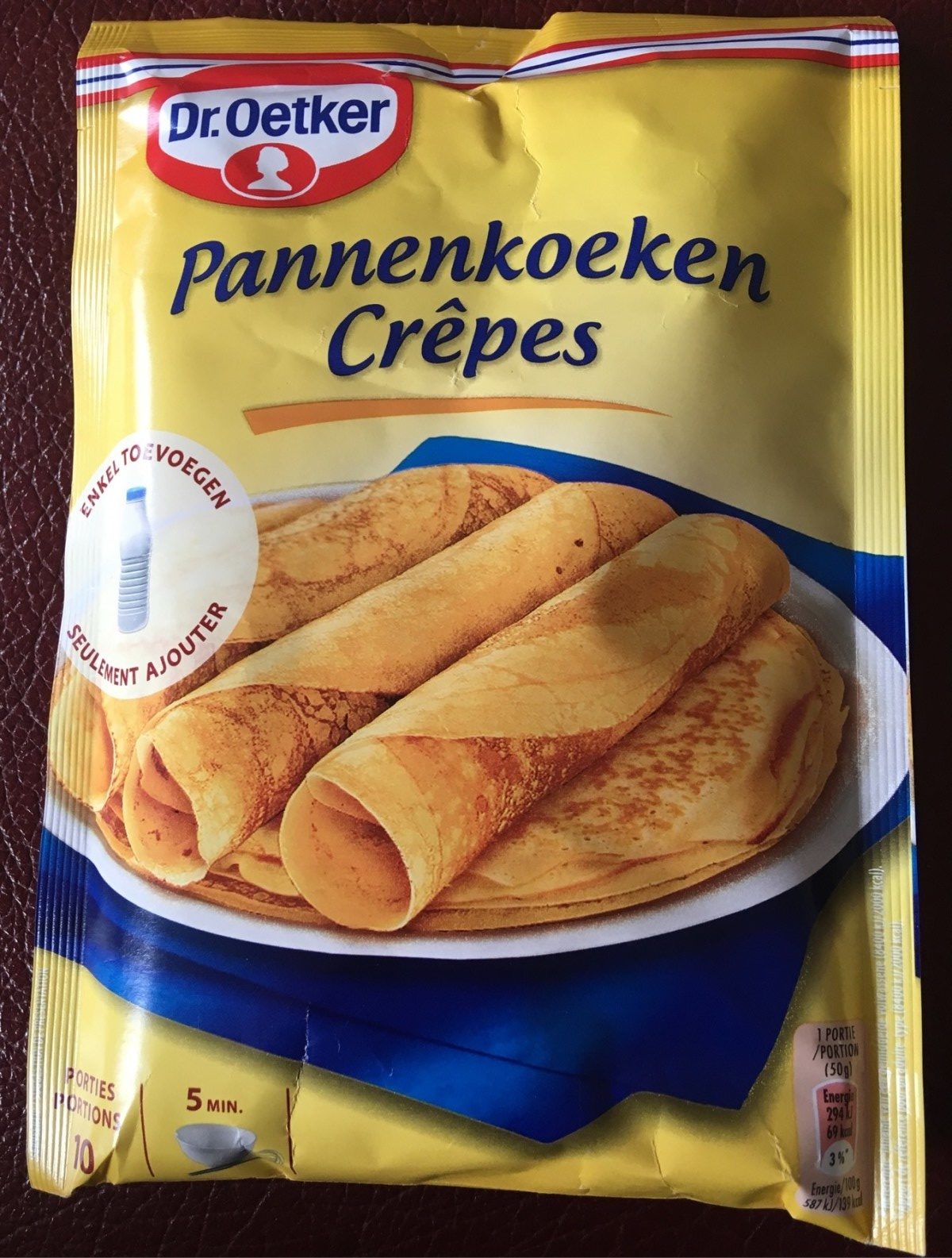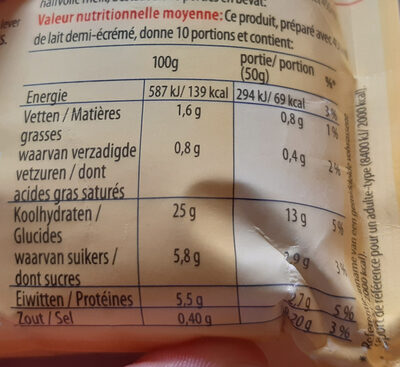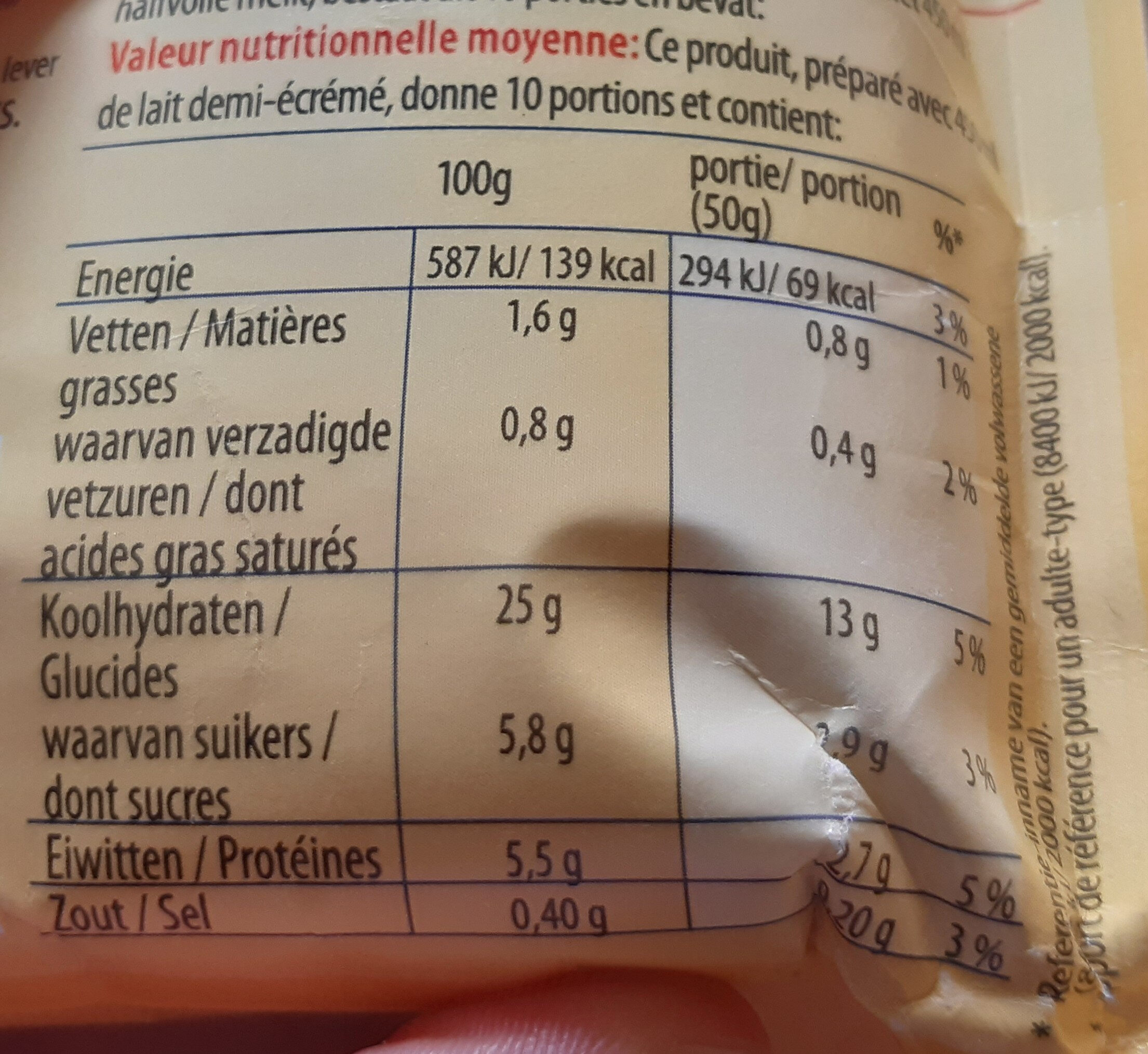Crêpes - Dr. Oetker - 200 g
La page de ce produit n'est pas complète. Vous pouvez aider à la compléter en l'éditant et en ajoutant plus de données à partir des photos que nous avons, ou en prenant plus de photos à l'aide de l'application pour Android ou iPhone / iPad. Merci!
×
Code-barres: 5410231067324 (EAN / EAN-13)
Quantité : 200 g
Conditionnement : Sachet, Carton
Marques : Dr. Oetker
Catégories : Crêpes et galettes, Aides culinaires, Crêpes, Préparations pour desserts, en:Pancake mixes, Preparations-pour-patisseries
Magasins : Delhaize
Correspondance avec vos préférences
Environnement
Empreinte carbone
Emballage
Transport
Signaler un problème
Sources de données
Produit ajouté le par kiliweb
Dernière modification de la page produit le par packbot.
Fiche produit également modifiée par beniben, countrybot, inf, off.dbb91a20-1222-4d90-acf0-22fea701326f, openfoodfacts-contributors, ourlaem, yuka.E4xMNu-VQZAhR_X88rAw7hiyD9jtBe5_FVITog, yuka.WEo4cUU3WW1ndDBGb3M4NG9rUFQvbzFXNjhHSVlHaXhLdVFlSVE9PQ.








